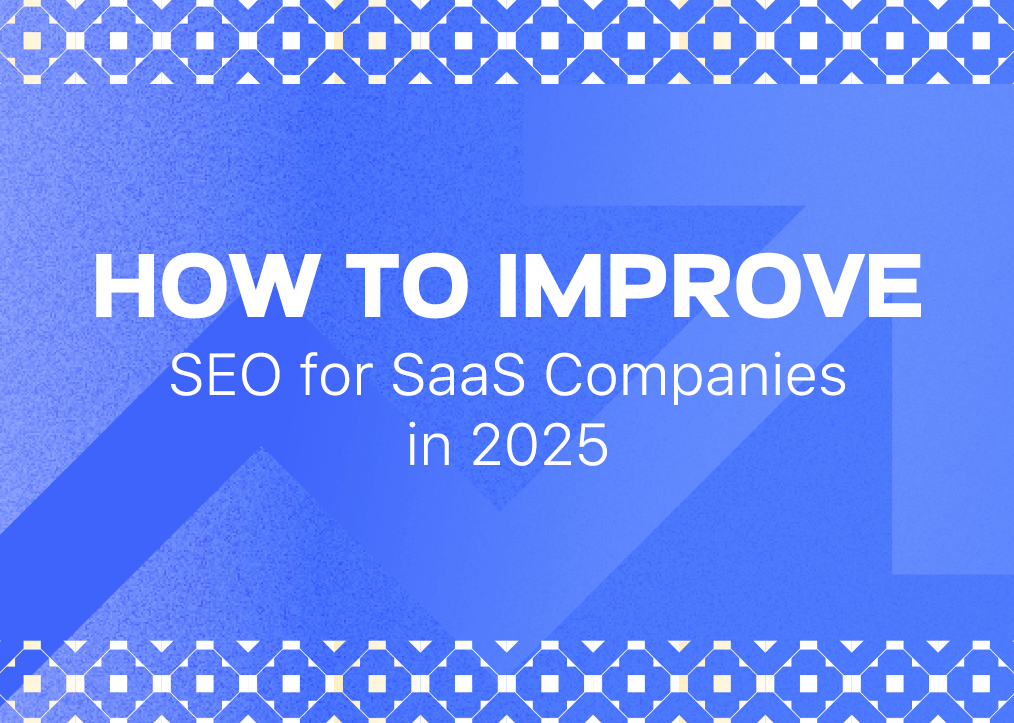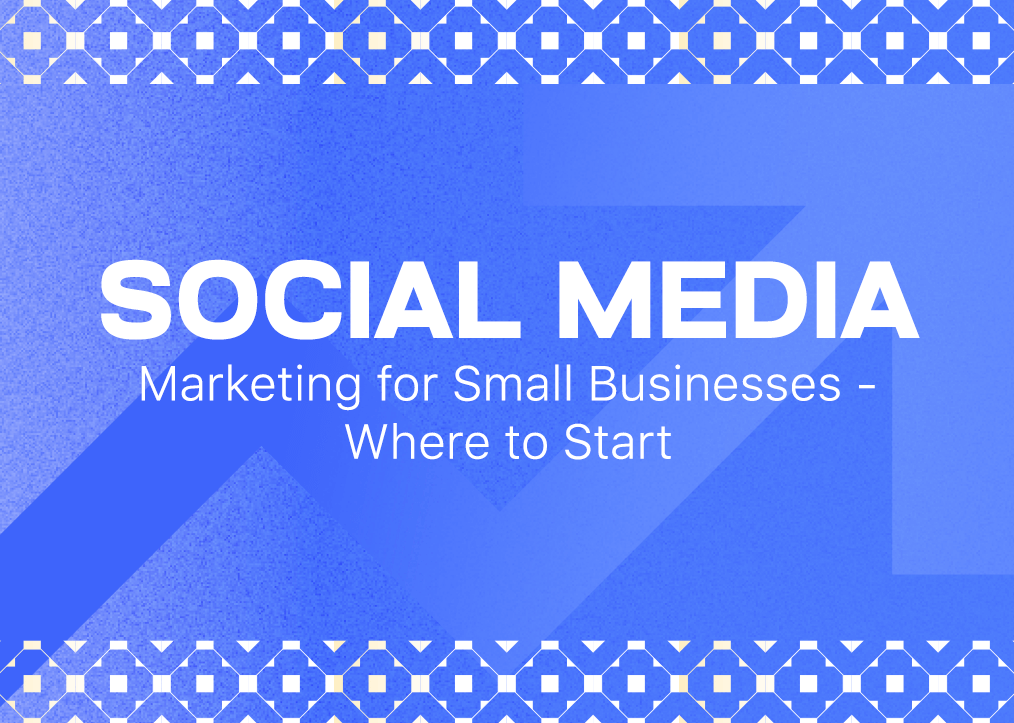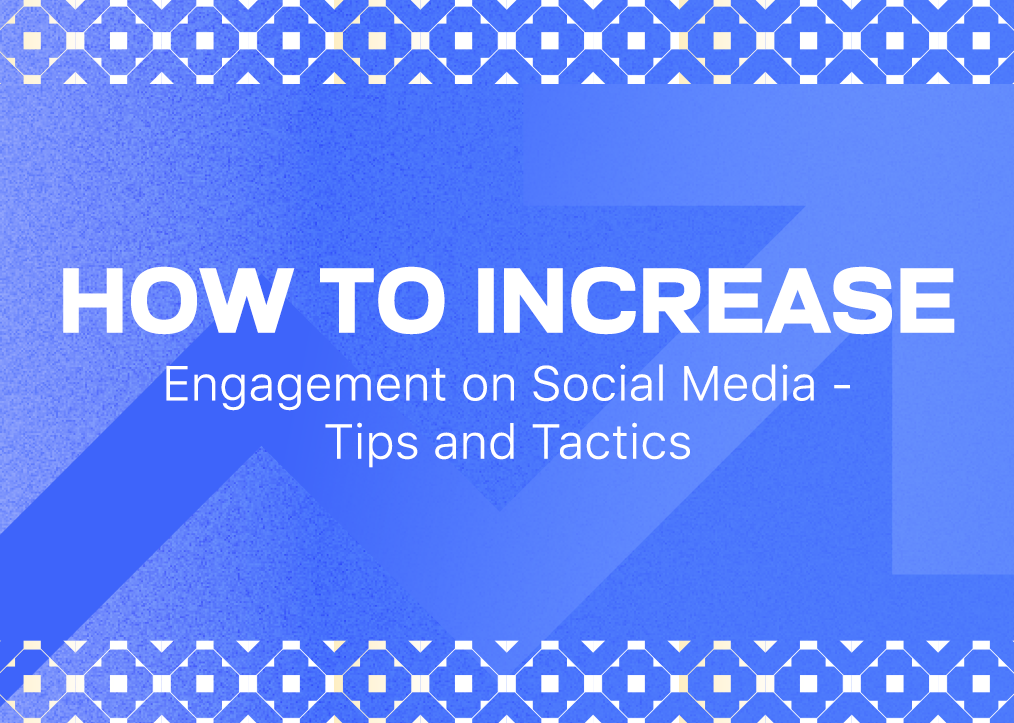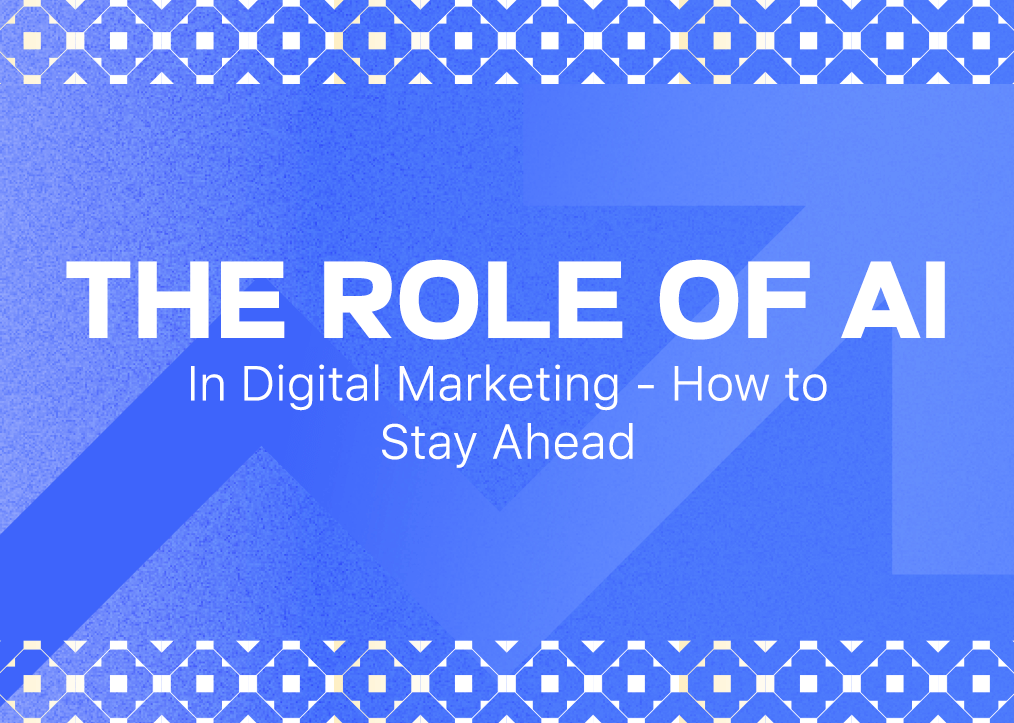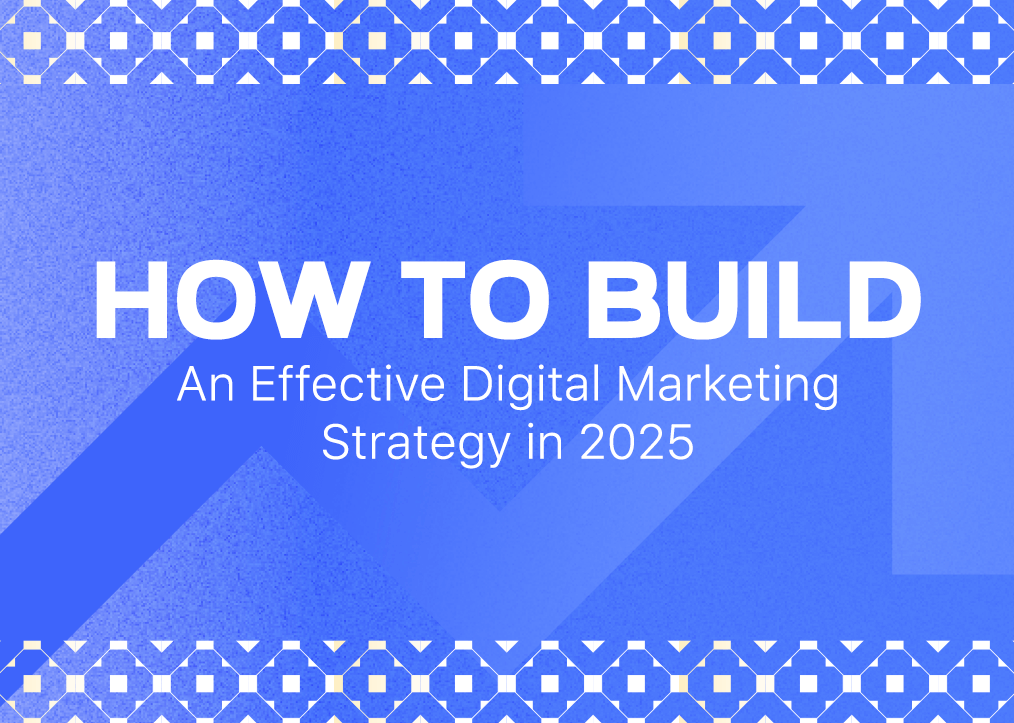Digital marketing is changing fast, and staying ahead requires a thoughtful, flexible approach. In 2025, consumer habits will change, and new platforms will grow. AI is transforming the way businesses interact with their customers.
This guide will walk you through the key steps to build a strong digital marketing strategy. You’ll learn how to reach your target audience, adapt to trends, and drive actual results for your business.
Why a Strong Strategy Matters in 2025
A well-defined digital marketing strategy is essential. Without it, businesses waste resources and miss opportunities. A good plan keeps your team on track, helps you spend your budget wisely, and ensures your message stays clear and consistent everywhere.
More importantly, it keeps you focused on measurable business objectives, helping you track what works and what doesn’t.
Top Digital Marketing Trends for 2025
- AI-Powered Personalization: AI tailors content and recommendations, improving user experience.
- Voice Search Growth: More people use voice assistants, transforming how people search online.
- Short-Form Video Boom: Bite-sized videos grab attention and dominate content marketing.
- Stricter Privacy Rules: You’ll need to adjust to stricter data privacy rules that limit how businesses collect customer information.
- Rise of Social Commerce: Shopping directly on social media is becoming the norm.
- VR & AR Integration: Brands use immersive experiences to engage customers.
- Sustainability Matters: Consumers prefer brands with eco-friendly messaging.
- Power of Micro-Influencers: Smaller influencers build trust and boost engagement.
- First-Party Data Advantage: Collecting direct customer data is now essential.
- Marketing Automation Growth: AI tools simplify repetitive tasks, saving time.
What Drives Digital Growth?
Digital growth is fueled by strategies that enhance engagement, improve user experience, and adapt to changing trends. Here’s what makes a difference:
- Audience-Focused Content: Creating valuable, relevant content keeps users engaged.
- Strategic Channel Selection: Choosing the right platforms maximizes visibility and impact.
- Consistent Branding: A strong, uniform brand identity builds trust and recognition.
- Personalized Customer Service: Tailored interactions improve customer retention and loyalty.
- Clear Calls to Action: Simple, direct prompts guide users toward desired actions.
- Data-Driven Optimization: Analytics help refine strategies for better results.
- Adaptability: Staying flexible allows businesses to keep up with digital shifts.
- Innovation: Embracing new trends helps brands stay ahead of competitors..
The Role of Data and Analytics
Data-driven decisions lead to better marketing results. Analytics help businesses understand their audience, measure performance, and optimize campaigns. Tracking key metrics helps companies to measure success and refine strategies.
Key Data Insights
- Behavioral data uncovers user patterns.
- Predictive analytics forecasts future trends.
- Conversion tracking identifies sales opportunities.
- Attribution models clarify customer journeys.
- Real-time monitoring enables quick adjustments.
Key Elements of a Digital Marketing Strategy
A successful digital marketing strategy combines multiple components. Each element contributes to achieving marketing objectives. A well-documented but flexible plan ensures long-term success.
Defining Your Target Audience
To create effective marketing strategies, you need to know your audience well. Start by building detailed buyer personas based on demographics and interests.
Understand their pain points, desires, and what solutions they seek. Research their online behavior, including the type of content they prefer.
Segmenting your audience allows you to send personalized messages that resonate. Keep updating your personas as market trends and consumer behaviors change.
Choosing the Right Marketing Channels
Not all marketing channels work the same way. Focus on the platforms where your audience is most active.
Social media helps you build a community and increase brand awareness. Email marketing nurtures leads and turns them into customers.
SEO drives organic traffic and brings long-term value. Paid ads boost visibility and target specific audiences. Content marketing positions your brand as an industry leader.
Setting Clear Goals and KPIs
Your digital marketing goals should align with your business objectives. Make sure they are specific, measurable, and realistic.
Track key performance indicators (KPIs) to monitor progress. Leading indicators show early signs of success, while lagging indicators measure outcomes.
Use engagement metrics to improve content strategy. Monitor customer acquisition costs to ensure your budget is spent wisely.
Building a Results-Driven Strategy
Every tactic should support larger business objectives. Measuring impact and adapting to new trends is crucial.
Content Marketing for Engagement
Create content that directly solves customer problems and adds value. People engage more with content that answers their questions or provides valuable insights.
Choose formats that match audience preferences. Some prefer blogs, while others engage more with videos, infographics, or podcasts.
Use storytelling to build emotional connections. A compelling narrative makes your brand memorable and relatable.
Repurpose content across multiple platforms. A blog can become a social post, a video, or an email newsletter.
Optimize for search engines and user experience. Well-structured, easy-to-read content ranks higher and keeps users engaged.
SEO and Paid Ads for Visibility
Target keywords that align with actual user search behavior. This ensures your content appears in relevant searches.
Optimize technical SEO to improve site performance. A mobile-friendly website improves rankings and user experience.
Leverage backlinks from reputable sites. Quality links boost domain authority and credibility.
Use paid ads to increase brand reach and drive conversions. Ads help you appear in front of the right audience instantly.
A/B test ad variations to refine messaging and improve results. Minor adjustments can significantly impact performance.
Social Media for Brand Awareness
Be strategic about platform selection. Instead of trying to be everywhere, focus on where your audience is most active.
Engage authentically with your audience. Genuine interactions matter more than frequent posts.
Leverage user-generated content to boost credibility. People trust real customer experiences more than branded messages.
Monitor social trends to join conversations at the right time. Being relevant keeps your brand visible and engaging.
Analyze social media metrics to fine-tune your approach. Track what works best and adjust your strategy accordingly.
Optimizing for Continuous Growth
Marketing success requires ongoing refinement. Minor improvements compound over time, leading to sustainable growth.
Tracking Performance with Analytics
Start by setting up monitoring tools to track performance from the beginning. This helps you measure success and identify areas for improvement.
Create dashboards that display key performance indicators (KPIs). A clear visual overview makes it easier to track progress.
Look for patterns and anomalies in your data. Trends can highlight what’s working, while sudden drops may signal issues to fix.
Go beyond vanity metrics like likes and views. Focus on meaningful insights such as conversion rates, customer retention, and engagement quality.
Share findings across teams. Aligning data-driven insights with marketing, sales, and customer service improves overall strategy.
Adapting to Market Trends
Stay updated on industry shifts and emerging technologies. Monitoring changes helps you stay ahead of competitors.
Experiment with new platforms and strategies carefully. Test them on a small scale before committing resources.
Follow marketing thought leaders to gain valuable insights. Learning from experts can inspire fresh ideas and innovative approaches.
Engage in professional communities for networking. Connecting with others in your field keeps you informed and opens collaboration opportunities.
Balance innovation with proven strategies. While trying new trends is essential, don’t abandon what already works.
Scaling Your Strategy Over Time
Automate repetitive tasks to save time and increase efficiency—tools like chatbots and email automation free up resources for strategic work.
Standardize processes to ensure consistency. A clear workflow makes execution smoother as your marketing efforts grow.
Expand successful channels based on data. If a particular platform or tactic drives strong results, allocate more resources to scale it up.
Refine targeting as you collect more data. The more insights you gain about your audience, the better you can tailor your approach.
Leverage AI tools to enhance personalization. AI-driven insights can help create customized experiences that resonate with your audience.
Conclusion: Succeeding in 2025
A strong digital marketing strategy helps you stay ahead of the competition. Success comes from understanding customer needs, staying flexible, and balancing new ideas with proven methods.
Focus on what truly matters, connect your marketing efforts across different channels, and always be authentic. Growth takes time, but businesses improving their strategy will succeed in 2025 and beyond.


